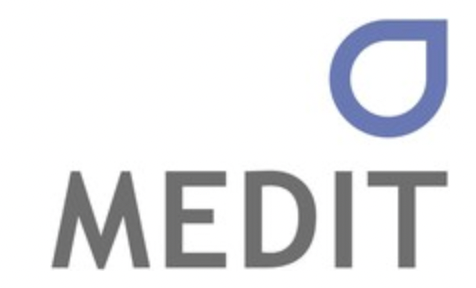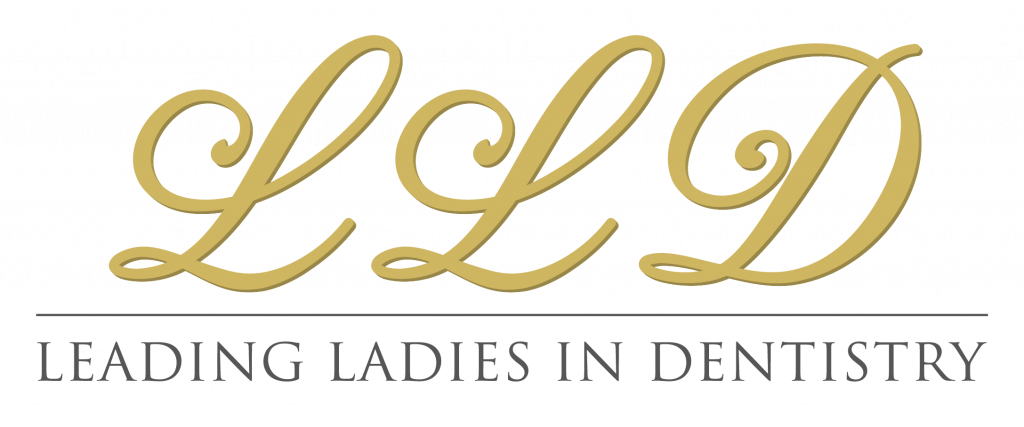Project Description
The use of digital systems in dentistry has completely revolutionized diagnoses, methods, and techniques. New devices have improved how we design and execute therapies and treatments for our patients in our clinic. Thanks to tools such as:
- Intraoral Scanners: To capture optical impressions directly from the patient’s mouth
- Facial Scanners
- 3D Radiographic Devices like Cone Beam Computed Tomography (CBCT)
- Software for Virtual Diagnosis and Planning
- Milling Machines and 3D Printers
The way we diagnose and clearly define therapeutic needs has radically changed.
A modern dental clinic must be equipped with these devices and have a fully digitized workflow.
FAQ
An intraoral scanner captures optical impressions directly from the patient’s mouth, avoiding traditional impression materials that can be difficult for patients with a strong gag reflex. It also reduces appointment time, increases overall comfort, and speeds up information transfer between specialists.
Digital dentistry encompasses procedures using modern technologies to virtually reproduce a patient’s anatomy on a computer, allowing for more accurate diagnosis and treatment planning compared to analog techniques. This method allows visualizing the final result in advance, enabling discussion with the patient to choose the most suitable option.
Photographic analysis involves capturing digital images to document the initial intraoral state and dental exposure. Using dedicated software, it helps study treatment possibilities and anticipate the aesthetic result by introducing different dental element templates.
Virtual planning allows for previewing the patient’s bone anatomy and accurately planning implant placement, revolutionizing the diagnosis and treatment of implant rehabilitations. It enables defining and previewing the final prosthesis, including evaluating its aesthetic result.
CBCT is a 3D imaging device that minimizes radiation doses by directing a conical beam to the examination area. It allows selecting different volumes to irradiate, from single teeth to the entire head-neck area, based on its capabilities.
ADVICES
Traditional impression materials can be uncomfortable. An intraoral scanner replaces this process with a light source that captures multiple images, creating a precise 3D view of the mouth, eliminating discomfort, and speeding up operations.
Modern open-design CT scans reduce claustrophobia, offer a wide view of the surroundings, and shorten exam duration, making the procedure less uncomfortable.












